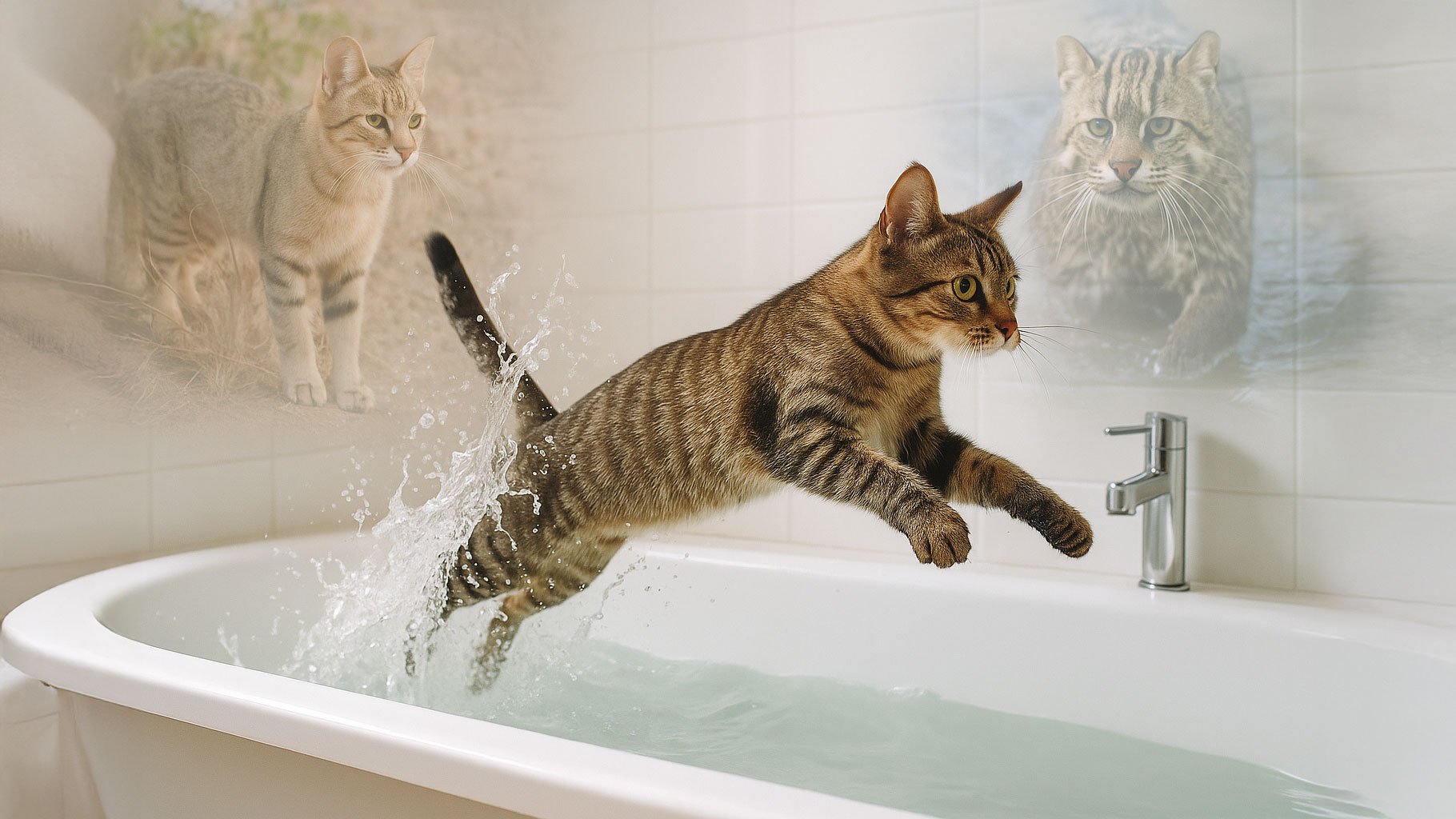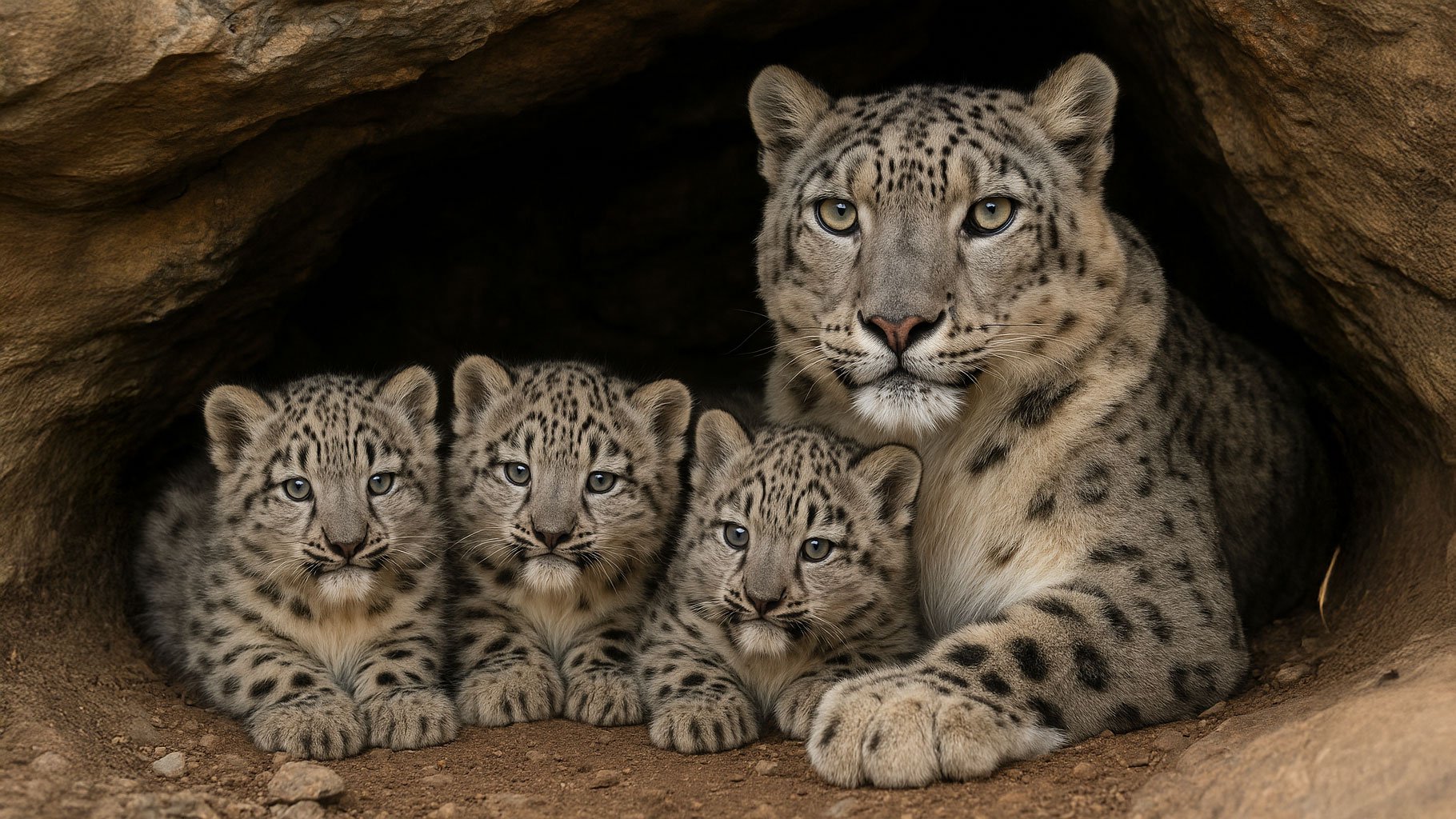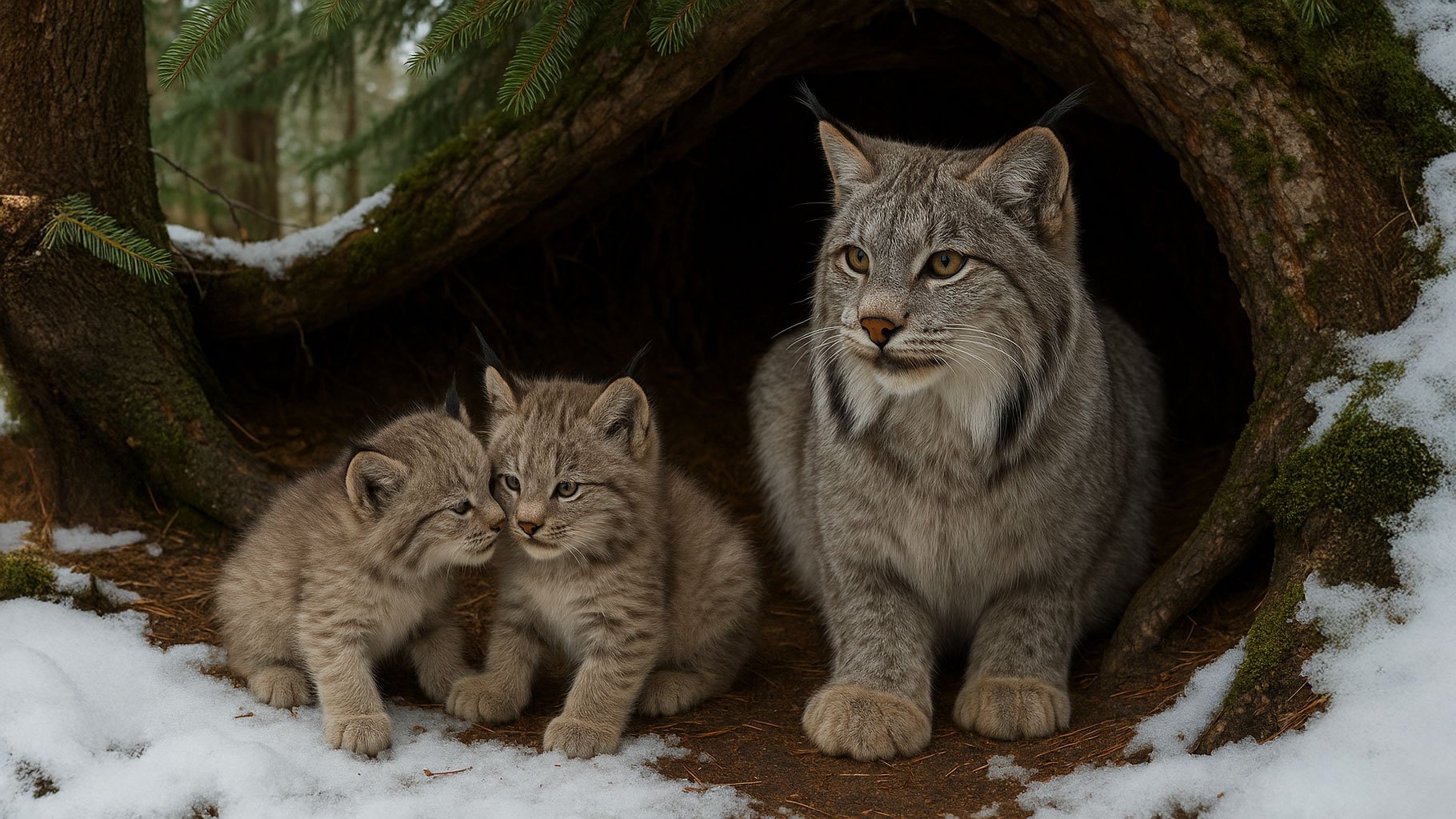Why Do Cats Hate Water? A Deep Dive into Feline Fears and Wild Roots
In a cozy urban bathroom, a curious cat delicately dips a paw into a full bathtub—then bolts like lightning, leaving only ripples and a few airborne droplets behind. If you’re a cat owner, this scene might feel all too familiar. But why is water such a universal feline foe?
While some bold cats like Turkish Vans and Maine Coons might happily paddle in the sink or chase fish in shallow ponds, most of their domestic cousins seem to have declared an ancient vendetta against anything wetter than a morning dew. To understand this quirky trait, we need to journey back to the deserts of Africa and peer through the lens of evolution, biology, and behavior.
Desert DNA and the African Wildcat
The modern housecat traces its lineage back to the African wildcat (Felis silvestris lybica), a sleek, sand-hued predator adapted to hot, dry climates. In this world, water wasn’t something you swam in—it was something you treasured, cautiously sipped, and often went without.
Kristyn Vitale, a feline behaviorist and founder of Maueyes Cat Science and Education, explains, “They are not particularly known for hunting near water or within the water. A large proportion of the African wildcat’s diet is made up of terrestrial animals, like rodents.” This historical lack of interaction with water shaped their physiology and preferences. Simply put: cats weren’t built for swimming—they were built for stalking through arid scrub.
Unlike their tiger cousins, who take dips to cool off or ambush prey, domestic cats haven’t needed to evolve water-friendly habits. But evolutionary roots are only part of the story.
It’s Not Just Evolution—It’s Experience
Jonathan Losos, a biology professor and author of The Cat’s Meow: How Cats Evolved from the Savanna to Your Sofa, isn’t entirely sold on the “desert theory” alone. He points out that African wildcats also inhabit regions that aren’t strictly arid, meaning some likely did encounter water. So why didn’t a taste for swimming develop?
Here’s where individual experience and socialization come in. Kittens, much like human children, are shaped profoundly by their early environments. A kitten exposed to water in a positive way might grow up splashing with delight, while another may retain an instinctual wariness.
“It is likely that if a kitten grew up around water, they would be more comfortable around water as an adult,” says Vitale. Still, even then, some cats may remain steadfast in their avoidance. Just like people, every cat is different.
A Matter of Comfort—and Smell
Jennifer Vonk, an animal cognition expert, offers another important angle: practicality. When a cat’s fur gets waterlogged, it hampers their movement and leaves them feeling vulnerable. Wet fur also clings, adds weight, and takes longer to dry than a dog’s coat—making it more of a liability than a refreshing splash.
There’s also the matter of smell. Cats rely heavily on scent to navigate their world—detecting pheromones, identifying territory, and even recognizing their humans. Water can disrupt all of that.
Vonk notes that chemical cues in tap water may smell unpleasant to cats. More concerning for them is the loss of their own scent markers. A sudden dousing could mask their familiar smell or override it with foreign odors, causing stress or disorientation.
So, Do Cats Really Hate Water?
The answer, it turns out, isn’t a definitive “yes.” It's more like: “most of them probably do… for a bunch of understandable reasons.”
Their evolutionary heritage, coupled with how their bodies interact with water and the importance of smell and comfort, creates a recipe for water avoidance. But given the right environment, socialization, and even breed tendencies, some cats are perfectly content to play with water or swim.
In the end, the aversion isn’t about being “picky” or “dramatic.” It’s about survival instinct, sensory balance, and personal history.
What Does This Mean for Wild Cat Conservation?
Understanding domestic cat behavior gives us a window into their wild relatives—and vice versa. Just as domestic cats avoid water because they didn’t evolve in wet environments, wild species adapt to their own landscapes. Fishing cats have webbed paws for paddling; jaguars prowl riverbanks in search of prey. Meanwhile, the African wildcat’s desert origin is still deeply embedded in your tabby’s genes.
By protecting wild cat species in their native habitats—whether it's a jungle river or a dry savanna—we're preserving the evolutionary stories that gave rise to the companions curled on our couches. Every wild cat is a key to understanding the domestic ones we cherish.
Let’s honor both by working to protect their habitats, support conservation efforts, and remember that even the quirks we find funny—like a hatred of bathtubs—are echoes of wild instincts honed over millennia.
🌍 Final Thought:
Be a responsible global citizen. Appreciate the incredible diversity of cat behavior as a bridge to caring about their wild cousins. Support conservation groups like Big Cat Rescue, who champion the cause of protecting wild cats where they belong—in the wild, not in bathtubs.






